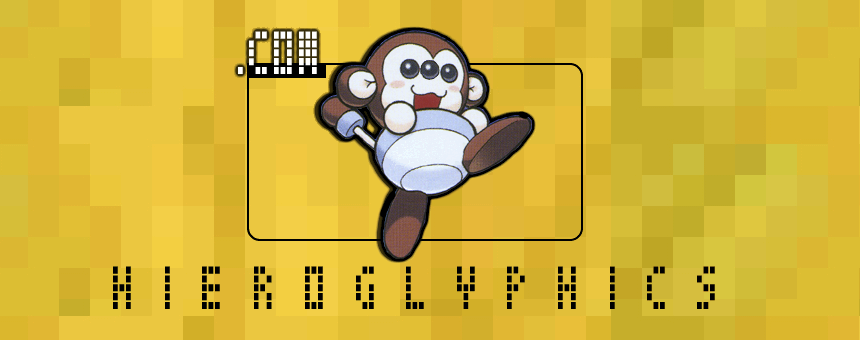Written by Pete Babb
August, 2001
Hieroglyphics.com’s origins are humble enough, premiering August 15, 1995 as a simple fan site run by Philadelphia-based web designer Yameen Friedberg whose nom de Web is Stinke. Not even a month later, Tajai from Souls of Mischief came across the page and contacted Stinke, hoping to form a working relationship to give Hieroglyphics a solid online presence. Little did he know what he had started.
The site immediately became a conduit of breaking news and information regarding Hieroglyphics. This alone put it ahead of the power curve; most musicians hadn’t figured out how to use the Web to their advantage, assuming they even wanted to be on the web at all. In another groundbreaking move, the Hiero Hoopla bulletin board debuted on February 6, 1996. Hiero Hoopla would become a burgeoning online community for the fiercely loyal Hieroglyphics fans, many of whom flocked to the Internet to read about the group. Furthermore, the development of Hoopla served as a prototype for other artist-related websites. Today, the concept of using the site to create a community around the artists is the norm; in 1996, it was a heady experiment.
The timing of the site proved fortuitous as well. By May of 1996, the “hieroglyphics.com” domain name had been purchased (the site originally resided as an extension of the webcom.com domain under the name “Tha Threshold”), and the entire site moved to that domain, becoming the official Hieroglyphics website. And through all of 1996 and the beginning of 1997, the Hieroglyphics crew found themselves in a state of transition. Casual and Souls of Mischief were dropped from Jive records, and Del the Funky Homosapien was dropped from Elektra Records on the eve of the completion of his third solo album, Stress the World (later renamed Future Development). In the midst of all this chaos, Hieroglyphics used their website to stay afloat. They began selling merchandise such as T-shirts and previously unreleased music in order to keep fans interested and fund future projects.
Their strategy certainly paid off. When Future Development was released via the website in March of 1997, orders far exceeded stock. Successes like these allowed the Hieroglyphics.com site to garner more attention every day, and the group was able to form the Hieroglyphics Imperium indie label and begin recording the Hieroglyphics family album 3rd Eye Vision in part due to money and support gotten through the website. Despite a fatal hard drive crash on August 11, 1997, that completely wiped out the computer that makes Hieroglyphics.com, the site continued to flourish, and the online community continued to grow and become even more tightly knit.
By the time 3rd Eye Vision finally dropped in March of 1998, Hieroglyphics.com had cemented its reputation as a trendsetter. Other artists noticed the online community of Hieroglyphics faithful, saw how the site had buoyed the artists when they were dropped from their labels, and realized how powerful a promotional tool the Internet could be based on the buzz for 3rd Eye Vision the site had generated. As a result, Hieroglyphics.com became the model for numerous other artist sites that attempted to duplicate the community and promotional aspects that had been so successful. In this way, Hieroglyphics.com is a prototype. It has become a legacy of sorts, its fingerprints readily identifiable across the Internet.
Through multiple redesigns, extensive growth, artist participation, and a vocal and faithful community, Hieroglyphics.com has remained the standard bearer for hip-hop—and indeed all music—online. Sites modeled after it continue to look to it for guidance and direction, and through this adaptation, it has become immortal, not just to the faithful Hieroglyphics fans, but to Internet users all over.
– Pete (AKA DJ Enki), site visitor since September 1995.
